How to Trim Your Dog’s Nails At Home
by dogtoyadvisor | Last updated on November 18, 2020
We only review products we tested ourselves. We have affiliate partnerships, so we get a share of the revenue from your purchase.
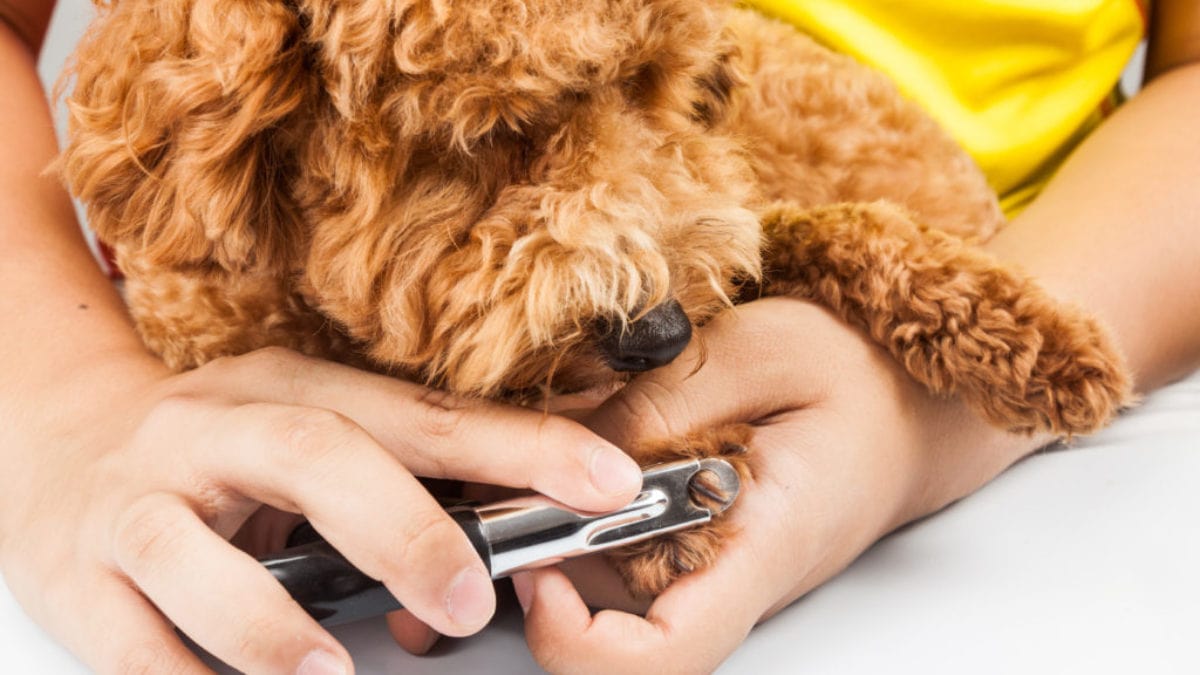
As far as dog grooming goes, clipping our dog’s nails is really high on the “rather bite my foot off than do it” list for both us and our dogs.
Most dogs hate the entire process and, for us, it’s stressful because it’s so easy to mess up and really hurt them. So why do it at all??
Why Dogs Need To Have Their Nails Clipped
Each time you hear your dog’s nails click on the hardwood floor or the concrete when he walks, he’s pushing his nails against the nail beds, which is, of course, painful.
If he keeps doing it, odds are he’ll readjust his whole posture to make it hurt less, which can result in back and joint problems, among others.
For dogs with an active lifestyle, walking, running or playing on rough surfaces may be enough to wear the nails down naturally, but most dogs need a nail trim every three weeks or so.
And then there are dew claws.
Those pesky nails that hang on the side or dog’s paws that have no use whatsoever aside from being a pain in our necks.
Oh, and have we mentioned Dobby has FIVE dew claws? Because one on each paw wasn’t enough, he actually has two on one of his paws.
Dew claws are dangerous if not trimmed, because they don’t wear off naturally.
They grow to form a hook that can get stuck on pretty much anything, meaning they can tear easily. Also, if they keep growing, they can pierce the pad.
Either way, the pain and suffering it can cause the dog are great.
The Biggest Concern!
So what can possibly go wrong when cutting our dogs nails? A lot.
First, they hate it, so they won’t sit still. In our home, trimming our dog’s nails is a two person process. We need one person to hold them down while the other tries to quickly trim the nails.
Some dogs may bite. Ours never did it, but considering the state they get in, we wouldn’t be too surprised if it happens one day.
But our biggest concern is the quick.
The quick is a blood vessel that runs through your dog’s nail and the worst possible thing that could happen when you’re trimming your dog’s nails is to clip it. It’s extremely painful for the dog and is bleeds profusely.
So, above all remember, it’s preferable to trim less of the nail and make sure you’re not touching the quick then wanting to cut more and end up hurting your dog.
Well, because this isn’t complicated enough, nature decided to make things even more interesting by creating the dark claws.
When your dog has white nails, it’s very easy to spot the quick and stay away from it, but when he has dark claws, it’s a guessing game really. All of our dogs have a little bit of both, just for the fun of it.
With dark claws, less is definitely more. Cut as little as possible and just trim his nails more often to make sure you keep them in check.
How to Clip Your Dog’s Nails Painlessly
Here is a step-by-step explanation of how to actually do it. You’ll need simple tools, his favorite rewards and a loooottt of patience and determination.
Step 1 – Get the Best Clipper For Him
We prefer the scissor style clipper, because the guilhotine-type, with the hole was tricky for us.
We have this one for our small dogs, because it’s lighter and easier to handle. Meaning you don’t need to make much of an effort to do it.
For Dobby, a medium/larger dog, we use this one. It’s sturdier and better equipped for harder nails with a clean cut.
Not only that, but it has a brilliant safety feature that keeps you from cutting too much and reaching the quick.
Can you tell we’re big fans?
If you prefer a fancier version or something that requires less effort or precision, this is the best option, by far!
It’s also a great option if your dog doesn’t particularly like the clipper. It basically grinds the nail in stages until the desired length. We found that is works much better with Dobby, he gets really anxious after that clipping moment, so this is less traumatic on him.
Also, it’s much quieter than we expected.
If we must choose just one tool to trim our dog’s nails it would be this:
Regardless of the model, read the instructions carefully and try your luck.
Step 2 – Choose The Right Time Of Day
Pick the best time to do it. You’ll want to choose a time of the day when your dog is most relaxed or tired after playing.
Get him in a comfortable position before continuing.
Step 3 – Keep Him Calm
Talk to him to keep him calm and relaxed. Massage his paws and feet for a bit until he’s completely okay with it.
Then present him with the clipper, let him smell it, then begin to touch his paws with it until he’s ready to proceed.
Step 4 – Start Small
Particularly in the first time you do it, but it’s good advice for each time you trim your dog’s nails. Start by cutting just the tips of, then you’ll decide if you want to cut a bit further.
If the nails are white, it should be easy to spot the quick and stay away from it.
Step 5 – Hold The Foot Gently But Firmly
This is the part a second pair of hands can be good, if you have the option. Position yourself beside your dog and hold his paw next to you, leg against your body.
If you’re having trouble keeping the dog steady, particularly if it’s a larger dog, you may want to apply some weight to restrain your dog. Then go for it!
Step 6 – Give Him Plenty Of Love
Reward your dog between clippings. His favorite treats or a few cuddles, whatever works. Reassure him constantly and make him feel the best you possibly can.
Step 7 – Remain Calm
During the entire process, but particularly if you happen to cut the quick, it happens more often than you’d think. Soothe your dog and give him treats while you stop the bleeding.
Step 8 – Don’t Forget To File The Nails
Once you’re finished clipping, all you need to do is file the nails. If it’s something he struggles with, you might as well let him file those rough edges during playtime or running around on a rough surface.
If Nothing Else Works…
Sometimes you just have to admit defeat.
If you come to the conclusion that it’s just too stressful for the both of you or that you don’t feel confident enough you can do it without hurting your dog, just take him to the vet.
If your dog is anything like ours, odds are he’ll behave better with strangers than with you. Also, a vet is used to doing it, so he’ll be able to complete the process much quicker and without traumatizing your dog too much.
But the best possible solution would be for you to find a way to get your dog to accept having his nails clipped by you, in the comfort of your home.
Not only will it be free, but it will be much less traumatic for him.
Hopefully, with the tips we’ve just given you, you’ll be able to do just that.
Affiliate links / Images from Amazon Product Advertising
Recommending Reading:

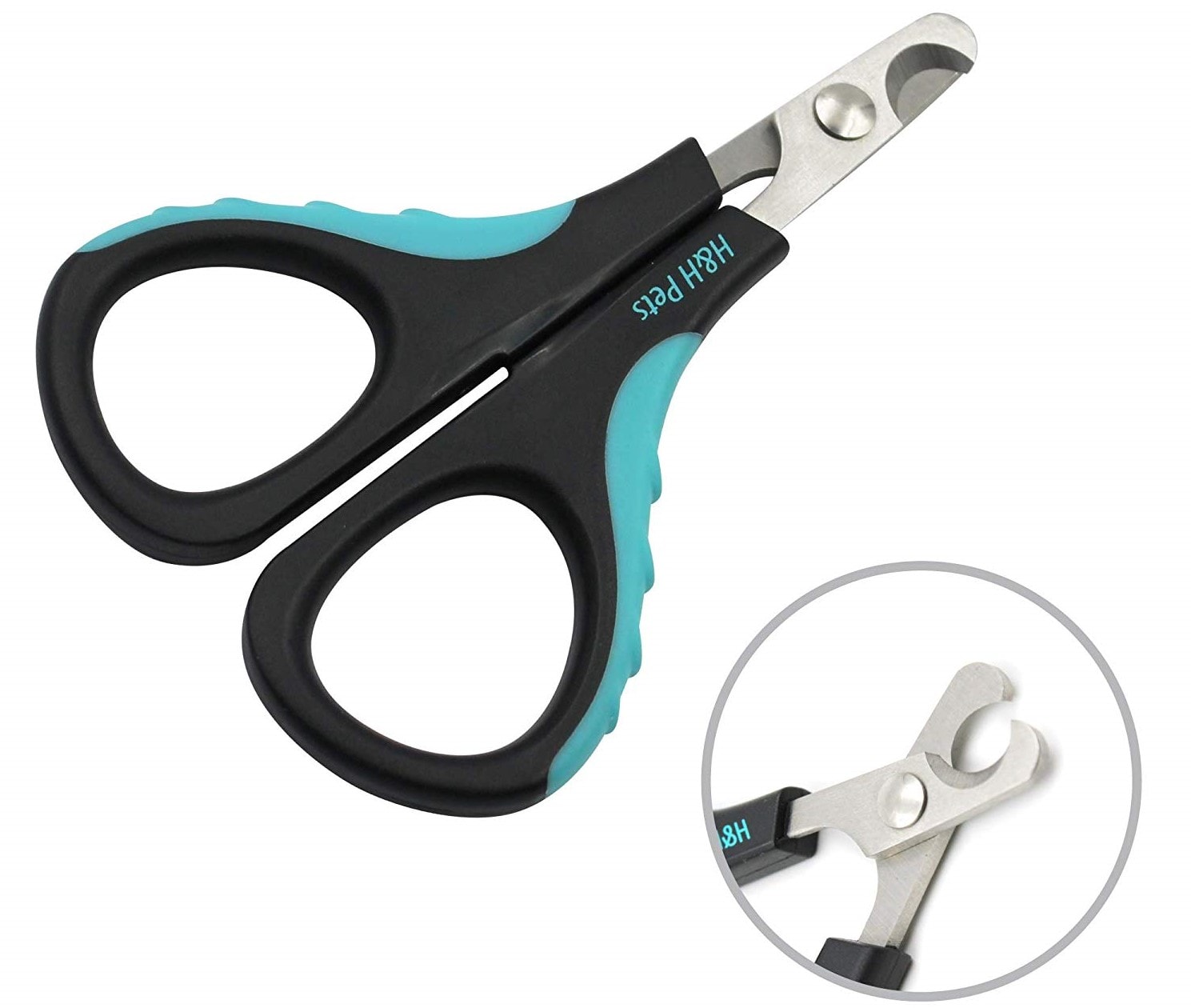
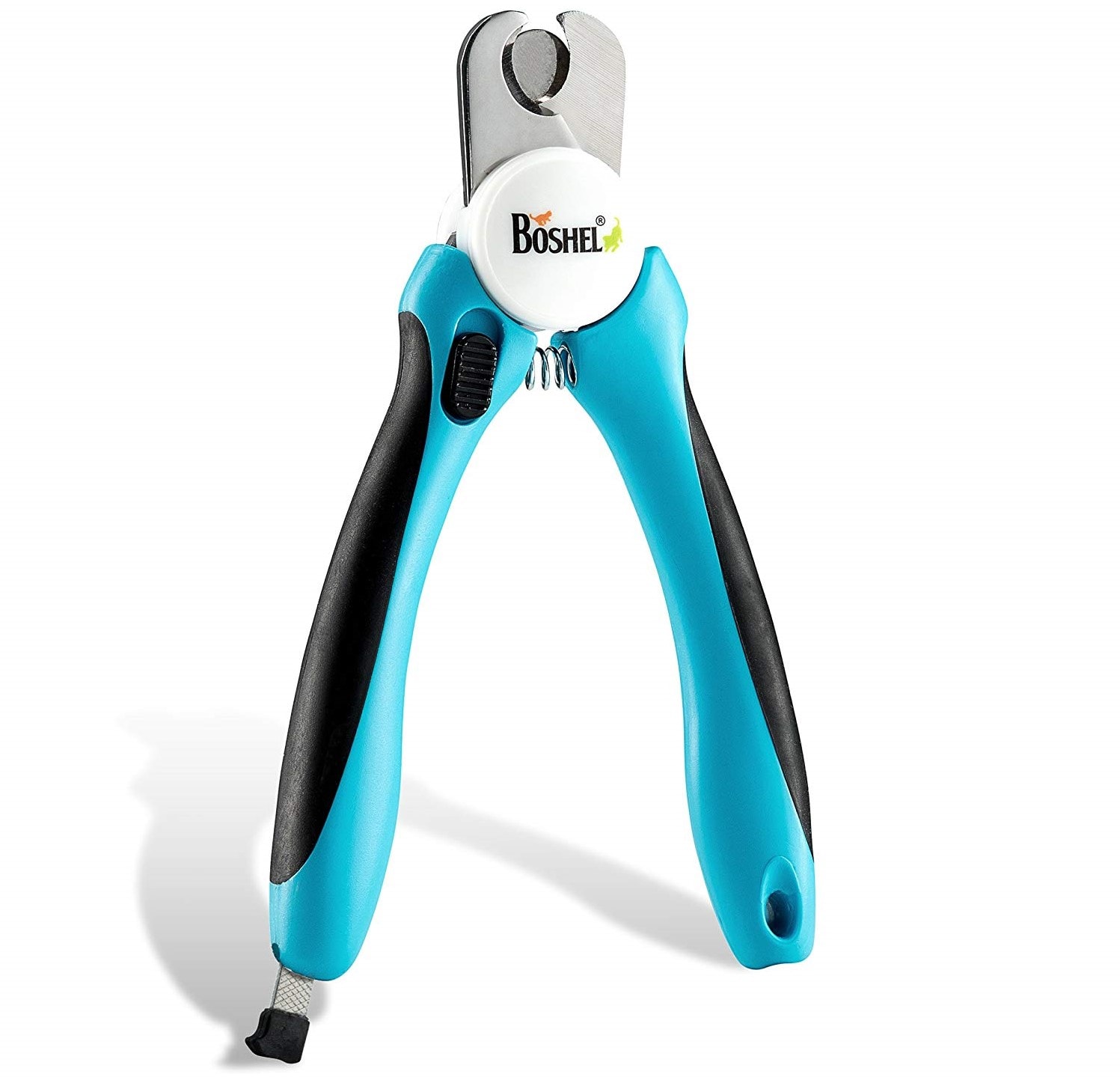
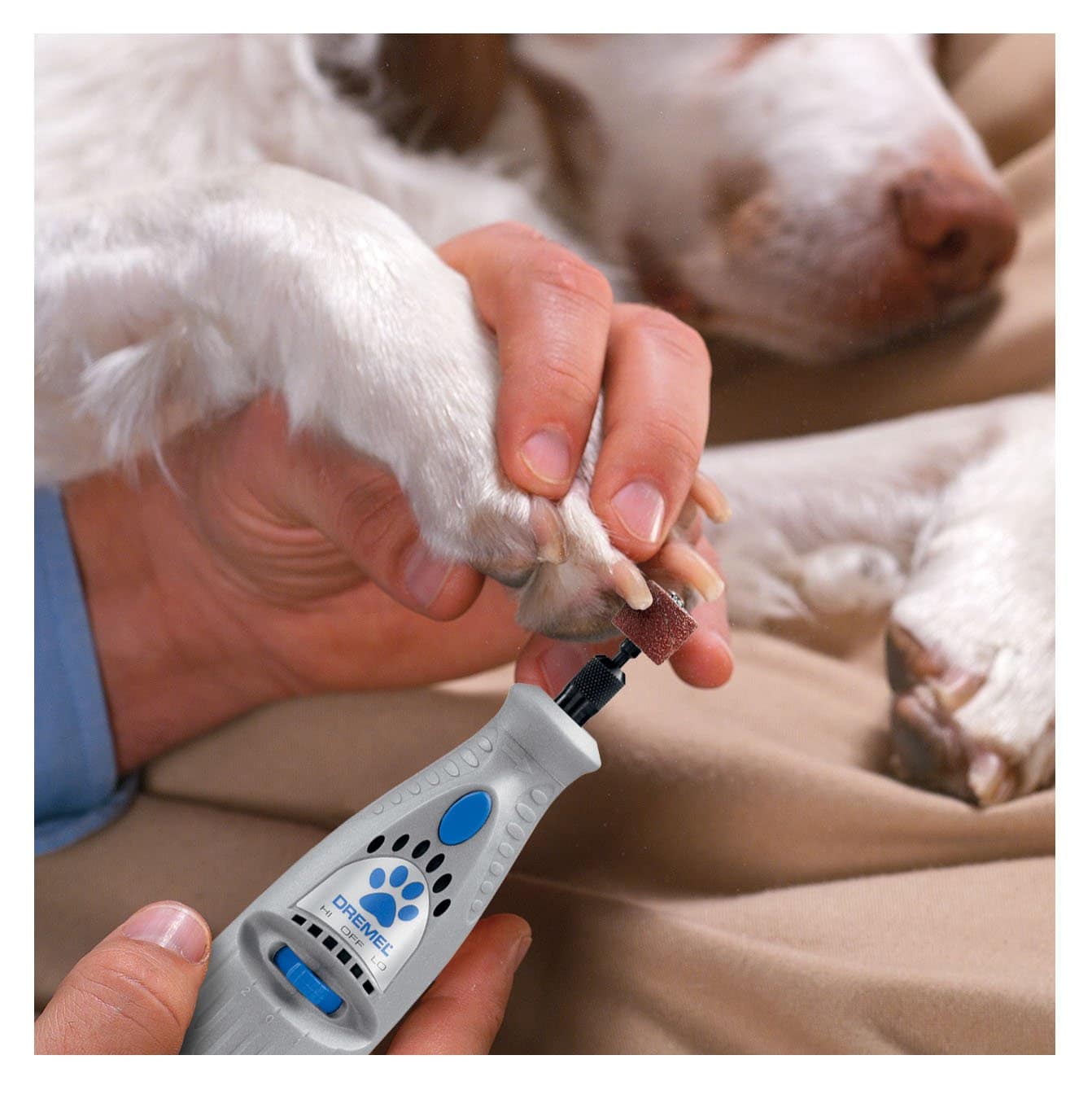
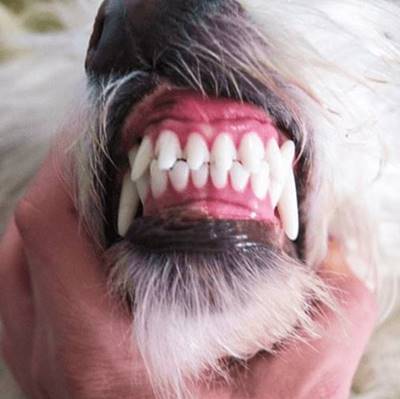
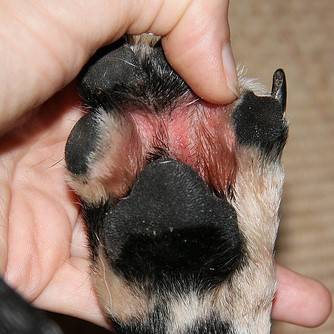


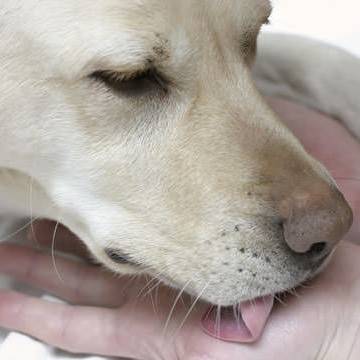
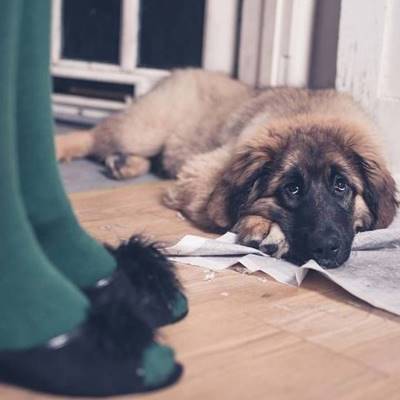

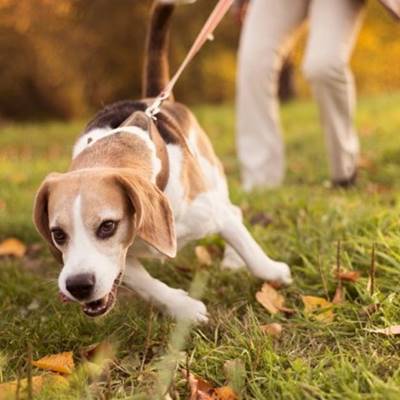
I have seen a tool for triming dog nails called “Paw Perfect”. Walmart I know for sure stock it and the price is less then ($20.00). It appears to be a filing system that leaves the nails smooth and short. The maker is Bell & Howell.
The claim is that it is the “safe and perfect way to trim your pets nails safely and with no mess from the trimings.
Just so you know dew claws are very useful, in the wild if they fall into the ice, the dew claws give them leverage to pull themselves out. The will roll their paws to hook the dew into the ice giving them leverage to pull themselves up. We hunt our dogs and a trainer posted a video on dogs that had them removed versus those that were left on. The dogs that had them removed had a harder time getting out of the ice than those that were left on. So yes they are very useful to the hunting breed of canines. If you don’t hunt by all mean remove them, but pray they don’t ever land in a body of water that has ice formed over it. For those of you that want to comment about, I would never allow my dogs in to a body of ice, well most hunting breeds are designed for cold water. A dog is needed to retrieve in areas that BLM has deemed no boats allowed. The Chesapeake Bay Retriever namesake for the area has a thicker chest plate than other breeds so they can break up the ice, so yes hunting breeds can handle cold water.
Hi Rebecca.
Thank you for letting us know.
When we talk about the dew claws that are probably best removed, we mean the extra ones, the ones that aren’t even attached to the bone.
I’m guessing those would probably rip if a dog tried to put much weight on it, but you’re correct, we don’t have ice around here, so couldn’t really say.
Thank you for your feedback,
Sandy
Not all hunting dogs should keep their dewclaws. I was raised with Vizslas, and some of the nation’s top field trial dogs have lineage that traces back to dogs that my father and or myself bred and sold 25 or more years ago. Because of this upbringing I know a lot about dogs and what is considered to be breed standards. This is copied from the AKC.org website under the Vizsla breed
“The removal of dewclaws, if any, on front and rear feet, is strongly recommended, in order to avoid injury when running in the field.”
I encourage people to either look up what is expected for the “perfect”* dog or to discuss things with a trusted vet. What works for one breed may not be at all acceptable for another. Dogs have been bred for centuries for different tasks, a sheepdog isn’t going to do as well chasing down rats as a terrier.
*There is no real perfect dog in regard to how they look, etc, rather a set of guidelines that apply to those who show and or breed dogs. The perfect dog is the one that fits in with your family and loves you just as much as you love them. Some are show dogs and hunting dogs that were purchased for the breed while others are slightly neurotic and a wee bit damaged from their unknown days before you rescued the poor mutt. I have one of each, Jack and Jill, and they are loved equally.
Thank you for your feedback, I wholeheartedly agree 😀